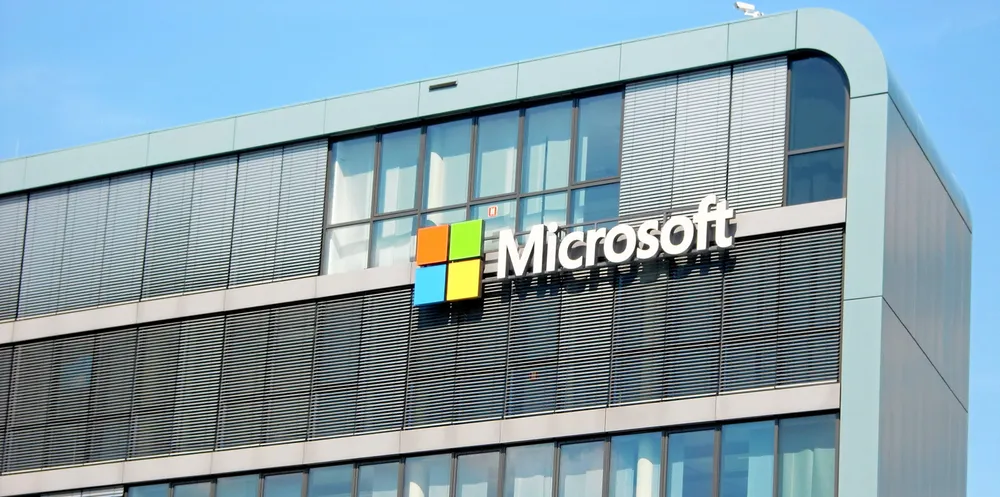Goldman Sachs sees AI boom as near-$1 trillion opportunity for renewable energy
In Europe alone, AI is expected to drive growth in power demand equivalent to current consumption of the Netherlands, Portugal and Greece combined, says finance giant

The ravenous power demands of artificial intelligence will require almost $1tn in investment in renewable energy in Europe and the US over the next decade, according to Goldman Sachs analysis.
AI will be a key driver in increasing the electricity demand of data centres globally by 160% by 2030, the US investment bank said in a recent research note which says European growth will be especially sharp.
That would represent an increase of around 650TWh – comfortably more than the electricity demand of South Korea.
“For years, data centres displayed a remarkably stable appetite for power, even as their workloads mounted,” said Goldman Sachs.
That was partly due to a shift in using cloud computing and hyperscale data centres, which are more energy efficient. Those hyperscale data centres also made improvements in power saving.
But the energy efficiency savings have now “narrowed” while the “AI revolution gathers momentum,” said Goldman Sachs.
AI is incredibly power hungry. Big Tech companies are reluctant to say how much power it uses, but Goldman Sachs noted that a typical ChatGPT search consumes around 6x-10x the power of a Google search.
Data centres currently use 1-2% of power worldwide, but Goldman Sachs said this ratio will “likely rise to 3-4% by the end of the decade.”
In the US, data centres, along with the reshoring of industry, will help drive a 2.4% spike in power demand – the likes of which Goldman Sachs said hasn't been seen in the country since the early years of this century.
US power developers will need to invest around $50bn to build 47GW in new generation capacity just to support data centres alone, it said, with that to be split between gas and renewables.
In Europe, the bank said power demand has been declining since 2008 due to de-industrialisation, but AI-driven data centres could help turn this around and drive a 40%-50% increase in the next ten years.
This would represent a 220TWh increase in electricity demand in Europe, it said, “broadly equivalent to the current consumption of the Netherlands, Portugal and Greece combined.”
Data centres will need around 800GW of additional power in Europe to meet their growing demand, it said. That “implies an investment of nearly €850bn” ($924bn) over the coming ten years, broadly evenly split between solar, onshore wind and offshore wind.”
Together with investment in the US, that means there is an almost $1tn investment opportunity for renewables in meeting data centre demand – to say nothing for the rest of the world.
“While investor interest in the AI revolution theme is not new,” the bank said it believes “downstream investment opportunities in utilities, renewable generation and industrials whose investment and products will be needed to support this growth are underappreciated.”
(Copyright)